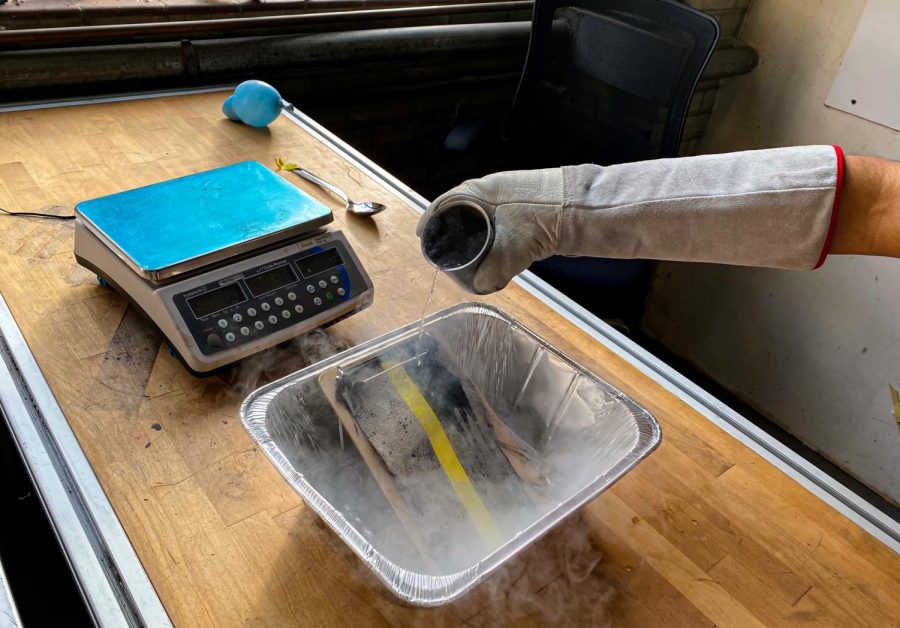Undergraduate student proposes new solution to lunar dust
NASA asked university students to submit ideas solving lunar dust issues; Wells was working in schlieren photography at the time
Wells became interested in space during his early high school years. He took a class in high school through the Idaho Science and Aerospace Scholars Program.
February 16, 2021
When Ian Wells, sophomore mechanical engineering major, interviewed to join the WSU HYPER Lab in October 2019, he did not expect to be working on a project for NASA the next summer.
Wells had an interest in space since he was a kid, when he spoke with an astronaut on the International Space Station. He said he took a class in high school through the Idaho Science and Aerospace Scholars Program.
“I did well enough in this class, so I was invited to tour the NASA Ames Research Center,” he said. “While there, I realized that I could really pursue space science and engineering as a career.”
Wells started off at the HYPER Lab by working on schlieren photography.
“Schlieren photography is a technique by which the flow of fluids with varying densities can be photographed,” according to an article about schlieren imaging.
Wells was working on schlieren photography before NASA asked university students to submit ideas for solutions to prevent issues caused by lunar dust during missions.
The Hyper Lab received a grant from NASA to fund research for a cleaning system for lunar dust, Wells said.
“Lunar dust has been an issue on past lunar missions, and NASA essentially put out a call to universities to submit solutions to the problems that it causes, specifically trying to mitigate the dust covering everything,” he said.
Wells said he worked with associate professor Jacob Leachman and six other students on this project; four are undergraduates and two are graduate students.
The team is currently working on a project to clean out space suits, he said.
“The easiest way to explain our system is that we are developing a high tech lunar carwash for the astronauts,” he said.
The astronauts will go into an airlock with a washing system that utilizes liquid nitrogen inside, Wells said.
“For some of our testing, we basically need to recreate the environment that is going to be on the moon,” Wells said. “So we needed to find a kind of simulant [for] the spacesuits that we could get our hands on as well as a simulant of lunar dust.”
Camden Butikofer, sophomore mechanical engineering major, primarily works on testing, but he also makes sure the space suits being used are in the best shape.
Butikofer said he became involved with the HYPER Lab because he is friends with Wells. When they were forming the team, Wells convinced him to join.
“I helped to conduct the experiments using the liquid nitrogen to perform our original plan of washing it and then compare that to washing it with something such as water,” he said.











